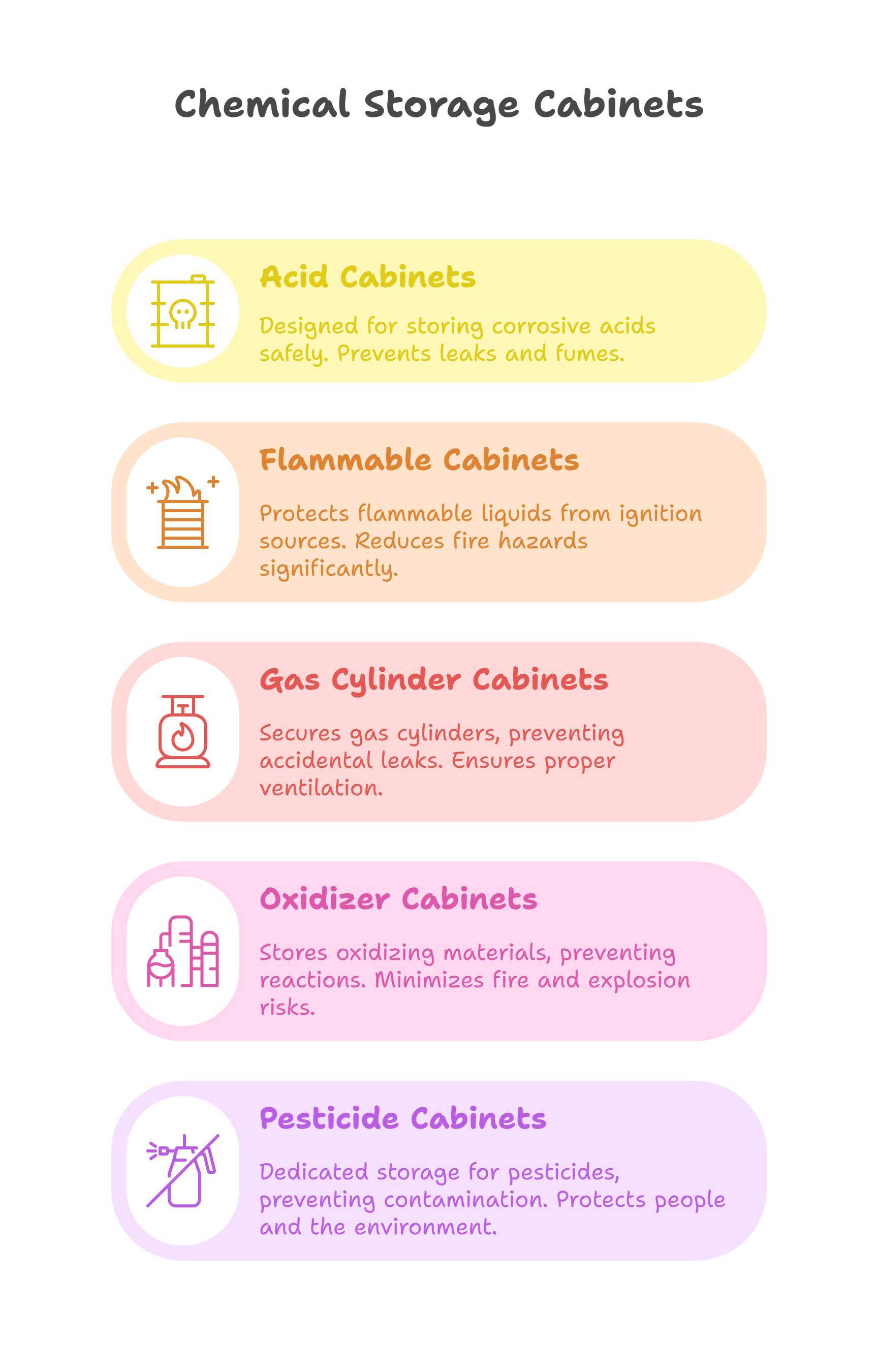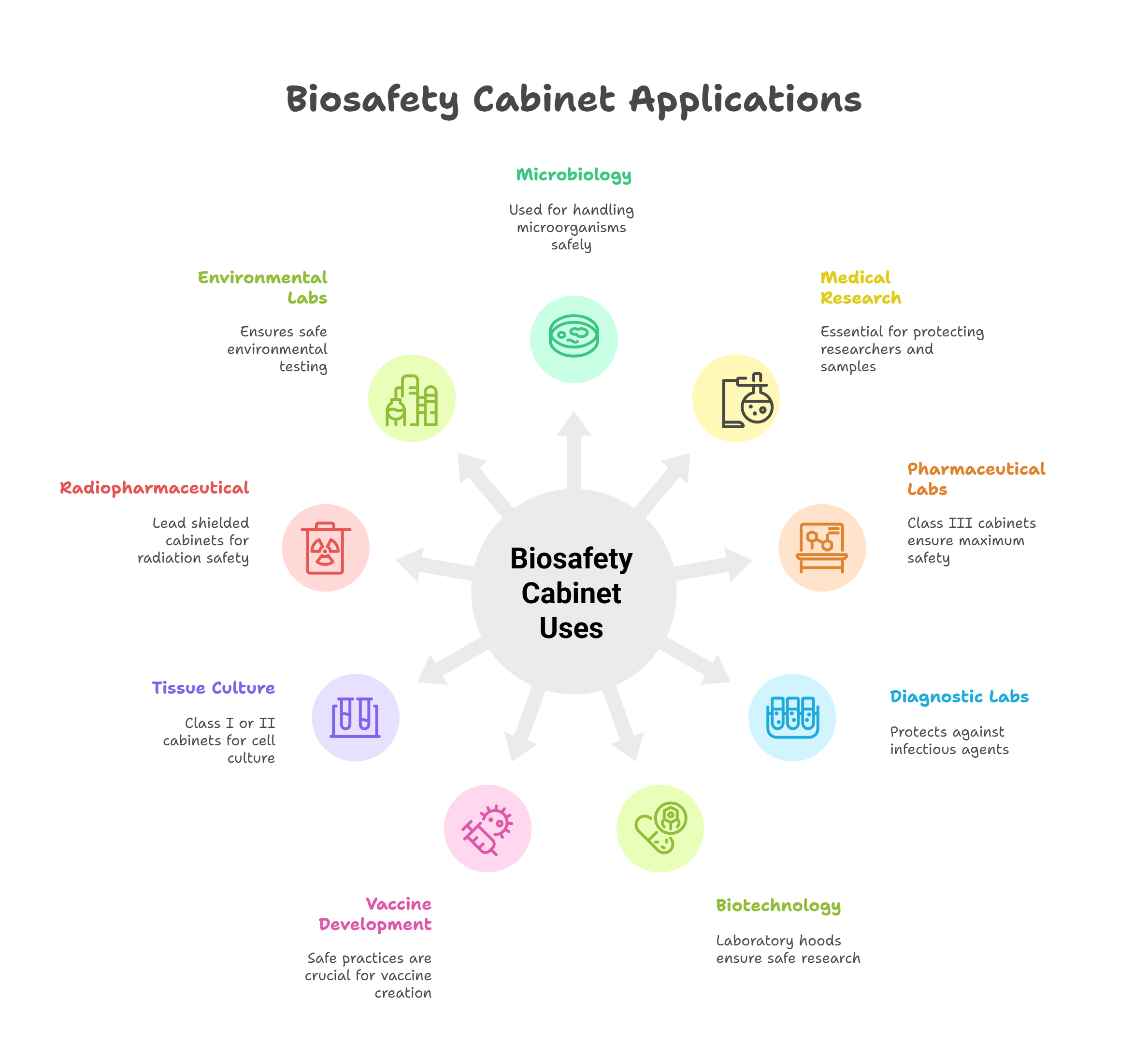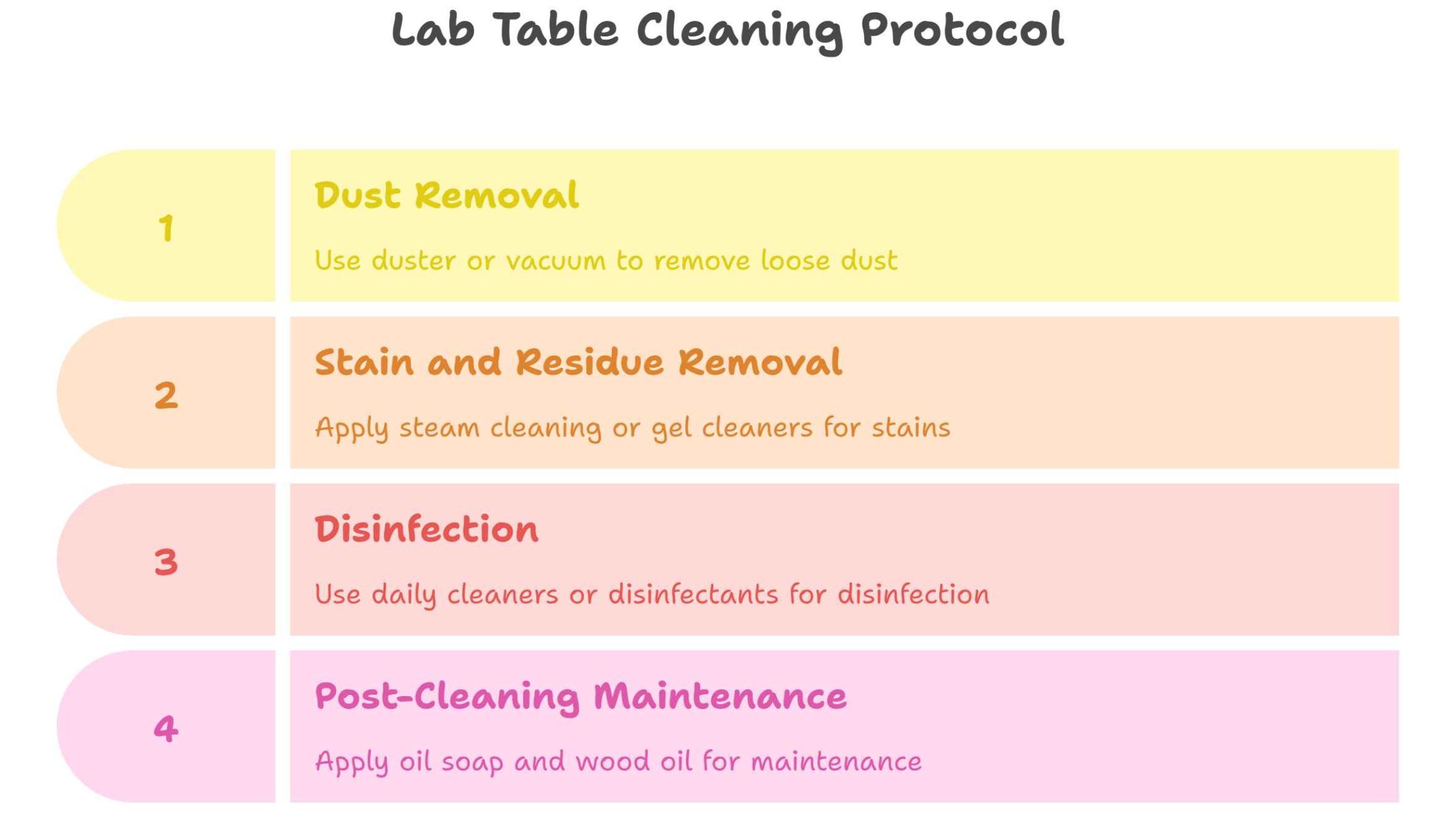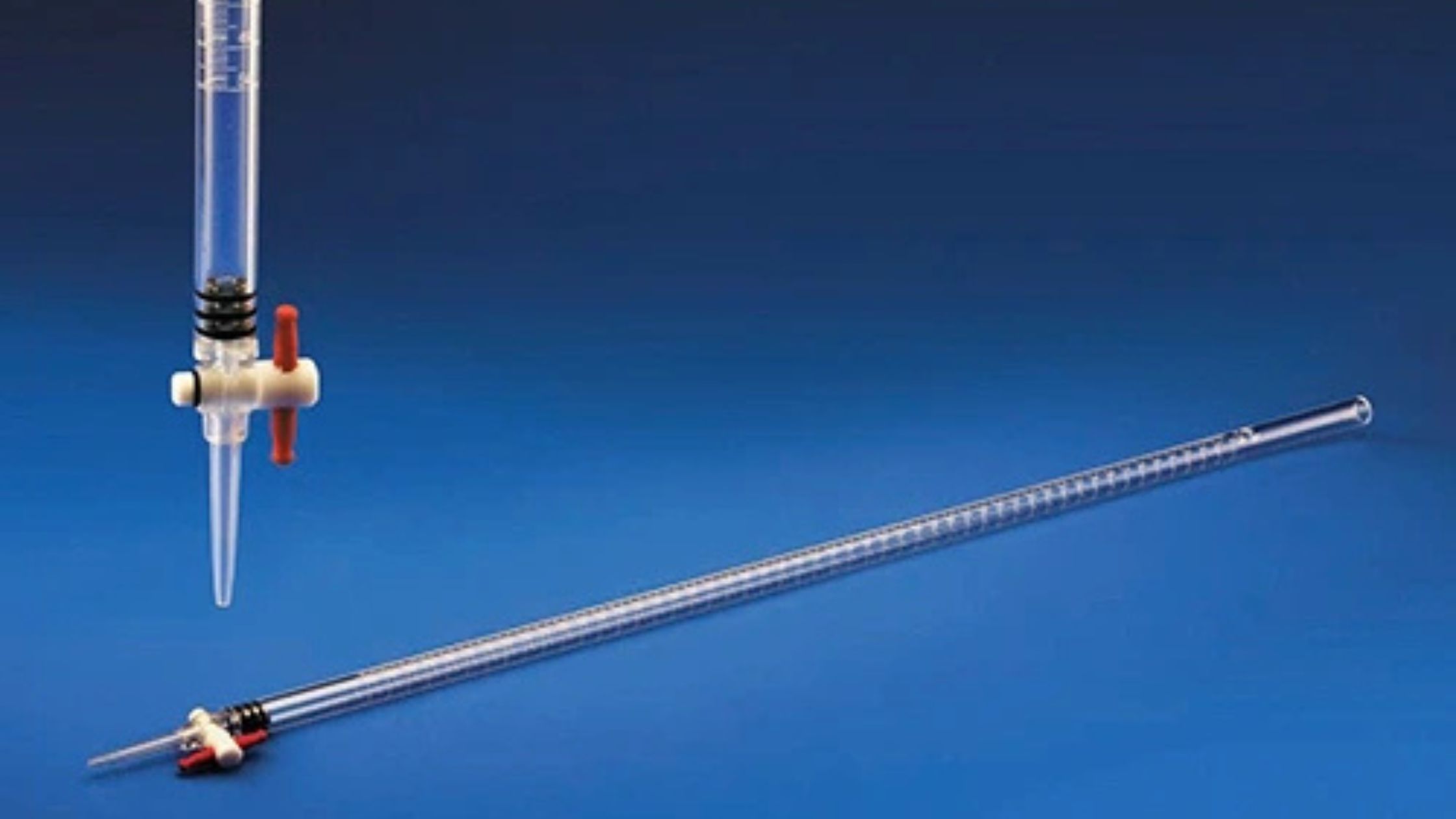What is autophagy?
Just like our homes produce garbage, our body’s cells generate waste too. Similar to how garbage bins help clear waste from our homes, our cells have their own waste disposal system called autophagy. In this process, damaged components of the cell are broken down and recycled into useful by-products for the cell to reuse. Fasting is said to induce autophagy too, which we will discuss. These by-products are then used to create new cell parts. With old age, the rate of autophagy decreases, leading to build up of cellular junk. This contributes to aging.

Process of Autophagy by Verywell Health
Autophagy is initiated by Autophagy-related proteins (ATGs) such as Beclin-1. They initiate the formation of autophagosomes, which carry cell wastes to the lysosome. The lysosome degrades the cell debris using hydrolytic enzymes. The term autophagy is derived from Greek roots Autos meaning self and Phagomai means to eat. This is because the lysosome digests the cell’s own components during autophagy.
Relationship between autophagy and dietary fasting
Fasting is a situation that creates a temporary energy deficit in the body. Since caloric intake is limited the body must use available resources to compensate for the deficit. To do this the cells must devour the resources that are available inside the cell. Thus, fasting is said to trigger autophagy. Other than fasting, other actions that reduce the availability of calories also trigger autophagy, such as calorie restriction, switching to a high-fat, low-carb (keto) diet and exercise.
Studies in animals have shown that fasting for 24-48 hours triggers autophagy. However, human trials have not been conducted, so we do not yet know what exactly triggers autophagy in humans or when it occurs.
Autophagy typically degrades cell waste, but during starvation, it breaks down cellular components to provide energy for survival. Normally, blood glucose supplies the energy needed. When blood glucose is depleted during fasting, the liver produces more glucose from a stored form called glycogen through a process known as glycogenolysis. Once glycogen stores are exhausted, the liver uses fats to produce ketones in a process called ketosis.

Order of energy source utilization by the human body
While the duration of fasting needed to initiate autophagy in humans is unknown, ketogenic diets that have a high percentage of fats are said to induce ketosis and fat loss. But the long-term effects of these diets are unknown, and people should consult a doctor before beginning a diet.
Intermittent fasting, calorie restriction, and ketosis are known to trigger autophagy. However, studies have primarily been conducted in animals, so we cannot conclusively determine the effects of fasting on autophagy in humans. It is also unclear which cells initiate autophagy during fasting, as it may occur in various cell types and not selectively in fat cells.
Precautions for autophagy induced by fasting
While some studies suggest that calorie deficits can promote autophagy and extend the lifespan of eukaryotic cells, others warn that prolonged or unplanned calorie deficits, especially without considering individual body types, may lead to type II autophagic cell death.
The precise molecular relationship between fasting and autophagy remains unclear.
There are claims that fasting, particularly beyond regular meal breaks or during extended calorie deficits, may help reduce excess fat, promote cellular repair, improve insulin sensitivity, increase human growth hormone levels, and alter gene expression to support longevity and disease prevention.
However, fasting can also have immediate side effects such as weakness, fainting, and headaches. After the fasting period, increased ghrelin levels may cause excessive hunger, potentially leading to overeating and weight gain. Additionally, prolonged fasting may slow down your metabolism.
Fasting to induce autophagy can pose risks for individuals with diabetes or blood pressure issues, as their medications might alter normal blood glucose or sodium levels.
To ensure safety, it is essential to consult a doctor before starting any fasting regimen. Following medical advice, staying hydrated, and adhering to approved plans is important. Drink plenty of water and stay hydrated throughout the regimen for best results.
Lab equipment to visualize autophagy as a cellular function
This interactive lab equipment from Labkafe illustrates the organelles of an animal cell and their interactions. It is an essential tool for any biology lab, designed for students from classes 6–12 and at the college level. This model serves as an effective teaching aid, making it easier to explain various cellular functions, including autophagy. Contact our lab experts today to bring this versatile lab equipment to your classroom!
Model of the animal cell by Labkafe












Leave a Reply